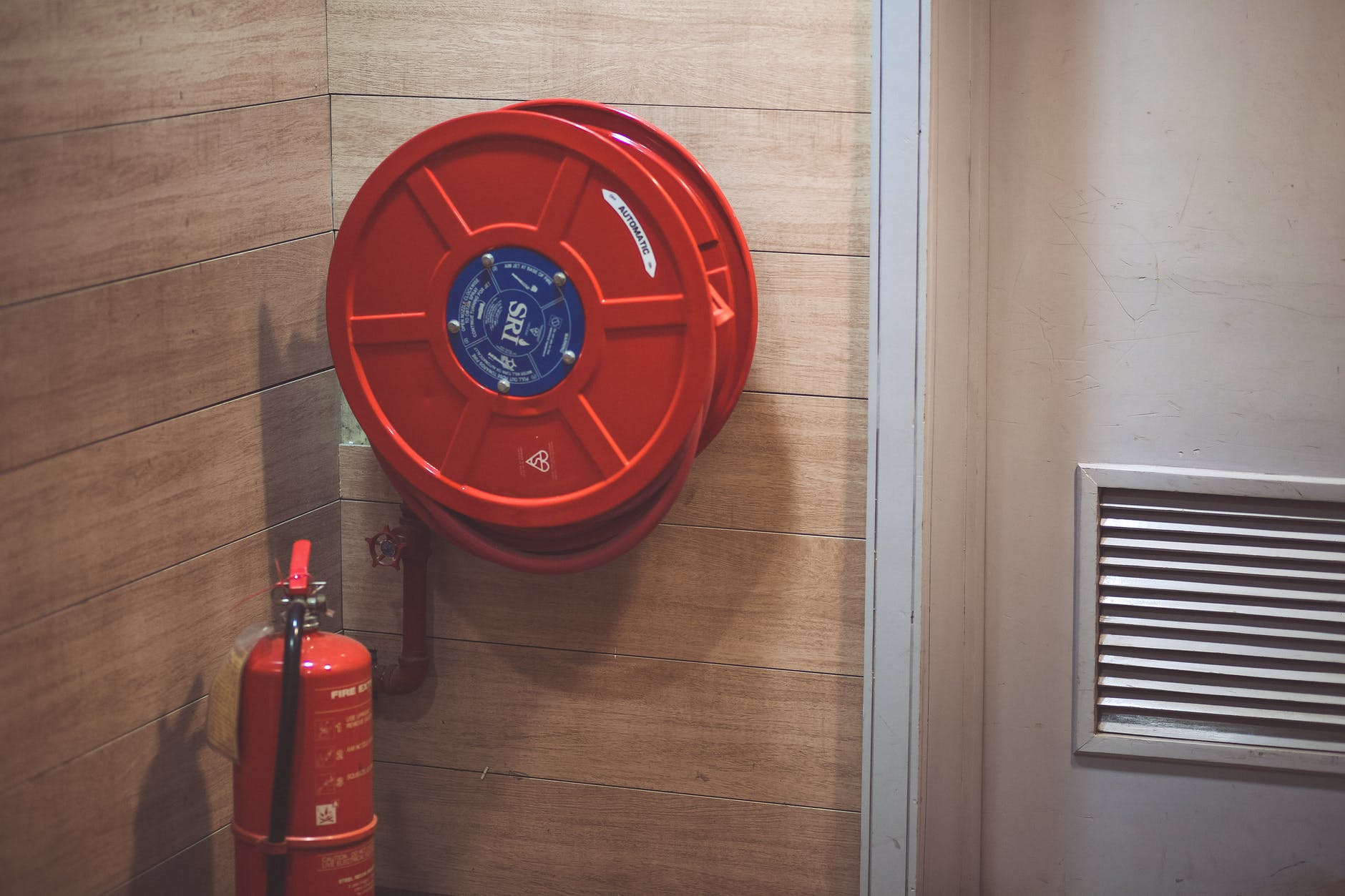Business
4 Safety Questions Every Employer Should Ask Themselves
Much is said and done about the role of employers in workplace safety, but safety advice rarely takes into account the feelings of employees themselves. Health & safety policies are too frequently dictated from above, and can end up fitting poorly into the workplace, or not being communicated to employees at all.
Employees have a broad set of rights when it comes to workplace safety, and these should be protected. But to identify issues with safety and make effective changes, you need to know what employees will be looking for. Here then are four areas in which there should be provisions for your employees’ safety – and what they may be asking you about if you don’t fix it first.
Are workers at risk from respirable dust?
The dangers of respirable dust in the workplace are far from unknown. Asbestos was recognised as a substantial danger as early as the 1960s, and was largely phased out by the turn of the millenium. What’s less well understood – if not well protected – is the effects of other, less obviously dangerous forms of dust.
If your job creates dust, the chances are that it may be doing you harm. The most common variety is silica dust, released from plaster, cement, brick, stone, wood and other materials. This naturally puts anyone in the construction and decorating fields at risk, whether they’re drilling, sawing, breaking or blasting. The particles in this dust tend to be jagged, causing permanent damage at a deep cellular level when they are inhaled.
You might expect some health issues with construction – but what about baking or cleaning? The HSE reports that behind isocyanates – a volatile compound used in construction products – the second and third highest contributors to occupational asthma are flour and cleaning fluids. Few of us would think to wear respiratory protective equipment (RPE) while preparing or cooking food, but the cumulative effect of inhaling all that dust can be substantial.
Employers have a mandate to provide RPE wherever there is a risk of inhaling contaminants in spite of existing controls, such as extraction. The current safe level of silica dust is 0.1mg per cubic metre of air. There is the possibility that this will become even stricter, however, as the United States has recently halved its maximum safe level of silica dust.
It’s advisable that you not only provide RPE, but ensure it is properly fitted for each individual, as face shapes can vary significantly. This is particularly true if you have female staff, as they will need entirely different safety gear, an area the sector is only just catching up on. The fitting should be provided by a trained face fit tester with a suitable qualification.
Are the workstations ergonomic?
As digitisation rolls on, an increasing number of jobs rely on computers. Millions of people now spend a majority of their time sat in front of a screen – yet workstations are rarely adapted to the individuals. People put up with this because it seems negligible compared to most health and safety issues, and isn’t something which immediately impacts on our health.
In spite of this, ergonomics are incredibly important, not just for our health but also our productivity. Glare, bright lighting and spending too much time in front of a screen can cause eye strain, leading to long-term eye damage. A poorly positioned monitor or desk at the wrong height can lead to neck injuries, while unsupportive chairs can lead to chronic back injuries, a common and devastating ailment.
Ergonomics can apply even if you aren’t sat at a desk. Manual handling jobs are equally predicated on the position of objects, the amount of work being done, and the physical capabilities of the worker. Heavy loads, lifting objects from the floor, uneven surfaces and the need for awkward postures can all cause back pain and injuries to the limbs and digits.
Employers have a responsibility to identify and address any issues which may cause workers harm. Screen breaks are also required by law; the length of these breaks is not specified, but the HSE recommends a 5-10 minute break for every hour spent at a computer. Employees are well within their rights to request changes if you feel that ergonomics are an issue. If you as an employer do not comply, they can file a complaint with the Health & Safety Executive (HSE).
Do we have a comprehensive fire safety policy?
Many employees’ appreciation of fire safety extends about as far as knowing their assembly point. But to state the obvious, a real fire is an extremely high pressure situation. The most simple obstacles become extremely challenging to navigate, and the things you haven’t fully committed to memory can disappear completely.
The best indication that something is amiss with fire preparations is employees’ own intuition. Liaise with your workers, and consider how safe you would feel in the event of an emergency. Look at any obstacles that might pose a minor annoyance now, or piled up objects that could topple in a rush out the door. Poll people to find out how well they know your evacuation plan and the routes out of the building.
Fire doors are a particularly neglected part of fire safety. Many people see these doors and assume that they are just a signposted means of egress. But fire doors don’t just need to be accessible; they also play a critical role in halting the progress of a fire. If fire doors are not kept clear of obstacles, people will struggle to escape. Equally, fire doors must be kept securely closed without ever being locked, or held shut with a chair or a bit of string (you’d be surprised how often this happens!).
If your fire policy isn’t currently clear to all employees, make sure your employer is aware of this. The HSE requires that fire protocols are clearly displayed in your premises, but this doesn’t mean people will have absorbed them, or even noticed the notice. If the mandatory minimum doesn’t make you feel safe, say so. Look to arrange more regular meetings, and try to secure fire safety training for your manager at a minimum, to disseminate the information through the workplace.
What are the first aid protocols?
Prevention is always better than a cure, but sometimes the latter is needed. In these instances, you rely on the designated first aider in your workplace to patch up any injury, and pass you on to professional medics if necessary. You also need them to know where the first aid kits and other provisions are, and to have training that’s proportionate to the work you’re undertaking.
Many aspects of first aid are already regulated, and will have been put in place by your employer. It will have been decided what level of training the designated first aider requires, and whether your workplace needs its own first aid room, and what provisions should be kept nearby. There is not however a legal mandate to have certain provisions in certain circumstances, or to have any facility to help and treat non-employees.
You should let people know who the first aider is, where they’re situated in the facility, and what they have access to, particularly if you have any specific medical needs. These should be communicated where necessary at the earliest convenience, so that your employer can make provisions for you, including further training and the purchase of supplies where necessary.
Another aspect of first aid to consider is the provision of a defibrillator. According to the London Ambulance Service, around 32% of people survive a cardiac arrest in a public place – but this number skyrockets to 80% when there is a defibrillator nearby, and someone trained to use it. The LAS is providing 1,000 free defibrillators to businesses around the capital, and similar schemes exist all around the country. Asking the question could very feasibly save a life.
This post was contributed by Lee Sadd, a senior trainer at health & safety consultant and training provider SAMS Ltd. SAMS is a leading provider of face fit tester training, and offers a range of classroom courses, business advisory services and event management solutions.












